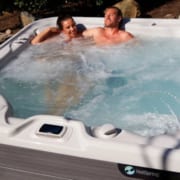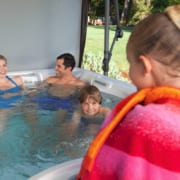How to Maintain Healthy Joints at Any Age
It doesn’t matter how old you are – people of all ages should learn how to maintain healthy joints at any age!
Taking care of your joints is essential for long-term mobility and comfort. The choices you make today can significantly impact joint health as you grow older.
While some joint degeneration naturally occurs with aging, adopting healthy habits early can help maintain flexibility and reduce discomfort in the long run. Joint pain is often associated with aging, but it can affect individuals at any stage of life.
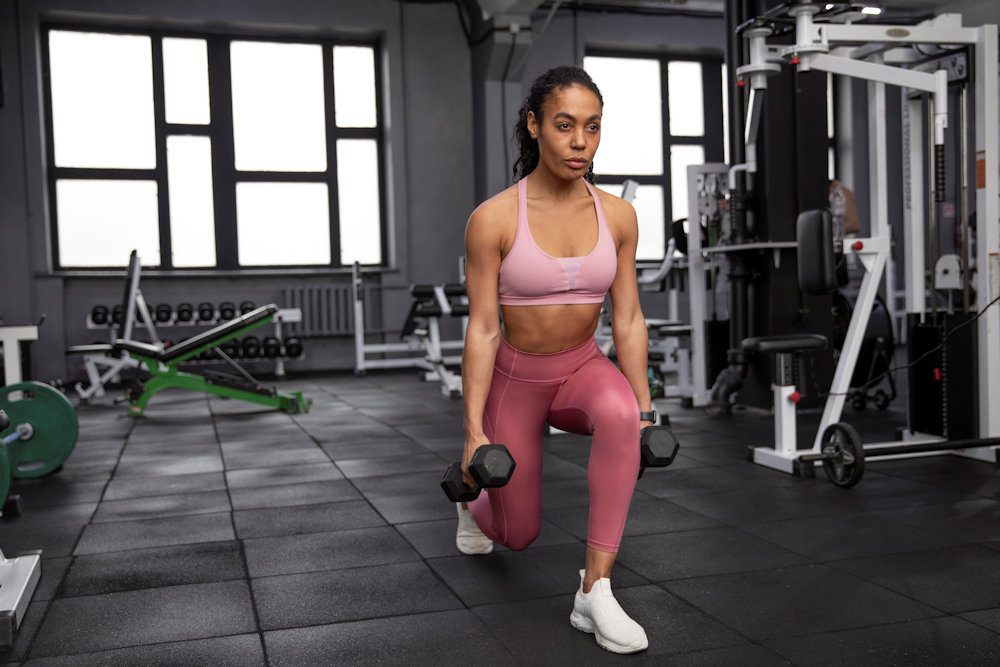
According to the National Poll on Healthy Aging conducted by the University of Michigan, more than 60% of adults over 65 experience chronic joint pain. However, younger adults can also suffer from joint discomfort due to high-impact activities or prolonged sitting at work.
Staying active is the key to preserving joint health, but not all forms of exercise are beneficial. High-impact activities such as running or intense sports can strain joints, potentially leading to long-term damage.
On the other hand, low-impact exercises can enhance cardiovascular health and strengthen muscles that support the joints, reducing wear and tear. Understanding how to safeguard your joints today can help ensure an active and pain-free future.
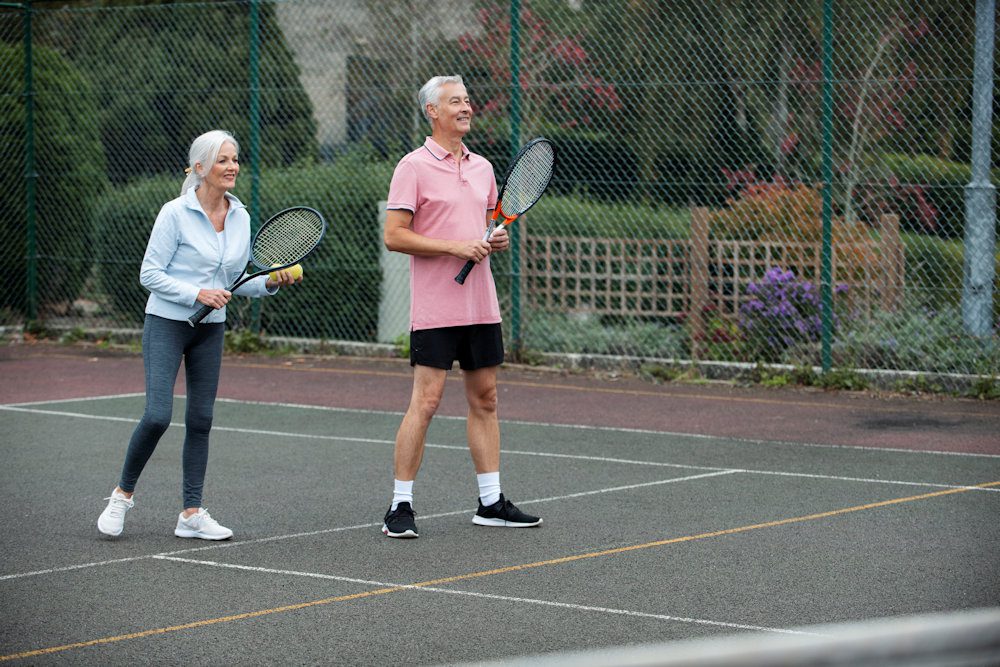
Age and Joint Pain: What to Expect
Age plays a significant role in joint health, but other factors—such as genetics, activity levels, and past injuries—can also contribute to joint pain.
Arthritis is a leading cause of joint pain in older adults, with millions affected worldwide. Other conditions, like bursitis and tendinitis, commonly impact the knees, shoulders, and hips. However, joint pain is not exclusive to seniors. Individuals in their 30s and 40s may experience discomfort due to overuse, poor posture, or injuries that, if untreated, could become chronic issues.
- In their 30s and 40s, many people encounter temporary joint pain caused by physical exertion.
- By the time they reach their 40s and 50s, joint stiffness and pain can become more persistent, often linked to early arthritis or years of wear and tear.
- After age 60, the risk of chronic joint conditions, such as osteoarthritis, increases.
Recognizing these patterns helps you take proactive steps to manage and prevent joint pain.
Exercise as a Tool for Joint Health
Regular physical activity is one of the most effective ways to support joint health. Strengthening your muscles and maintaining flexibility can help protect joints and improve overall mobility. While exercising might seem counterintuitive if you are in pain, low-impact activities can stabilize your joints and alleviate discomfort.
If you are in your 30s or 40s, incorporating strength training and cardiovascular workouts into your routine can help prevent joint issues later.
Activities like swimming, cycling, and yoga build endurance and flexibility without putting excessive stress on joints. For those already experiencing joint pain, low-impact exercise is crucial. Strength training, in particular, helps support joints by reinforcing the muscles around them.
If you are in your 40s, 50s, and beyond, maintaining an active lifestyle is even more important. Regular movement preserves joint function and mobility, even for those with arthritis. Safe exercise practices—such as proper form, stretching before and after workouts, and choosing appropriate activities—can prevent further joint strain. Water aerobics, walking, and Pilates are excellent low-impact options that provide both cardiovascular and muscular benefits.
Best Low-Impact Exercises for Joint Health
Low-impact exercises reduce stress on the joints while improving strength, flexibility, and cardiovascular health. Some of the best options include:
- Walking: A simple way to stay active without putting undue pressure on the joints.
- Swimming and Water Aerobics: The buoyancy of water reduces strain while enhancing mobility and endurance.
- Cycling: A great cardiovascular workout that strengthens leg muscles without excessive impact.
- Yoga and Pilates: These activities promote flexibility, muscle strength, and balance while protecting joints.
According to the Arthritis Foundation, low-impact exercises help manage pain, maintain mobility, and improve overall well-being. Engaging in these activities consistently can help protect your joints and reduce discomfort as you age.
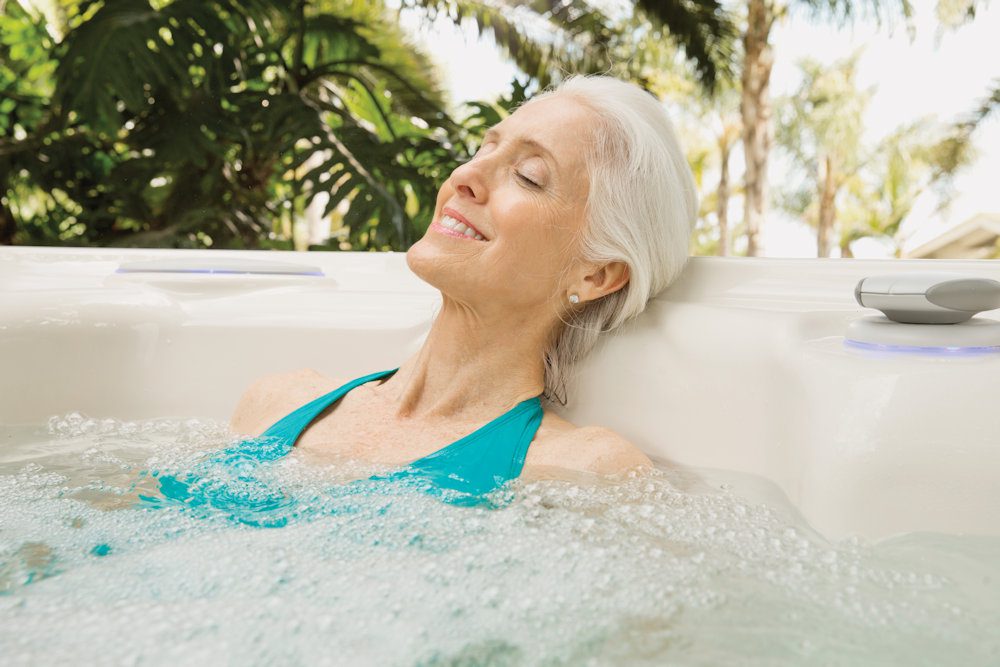
Hydrotherapy: A Natural Approach to Joint Relief
Hydrotherapy, also known as aquatic therapy, uses water’s natural properties to ease joint pain and improve mobility. Methods can range from warm baths and ice packs to more advanced options like hot tubs, saunas, and cold plunges.
Hydrotherapy is particularly beneficial for those with arthritis, as warm water can relieve stiffness and enhance circulation. After exercise, soaking in a hot tub can accelerate muscle recovery and reduce soreness. If you’re seeking a natural way to alleviate joint pain and enhance mobility, hydrotherapy offers an accessible and effective solution.
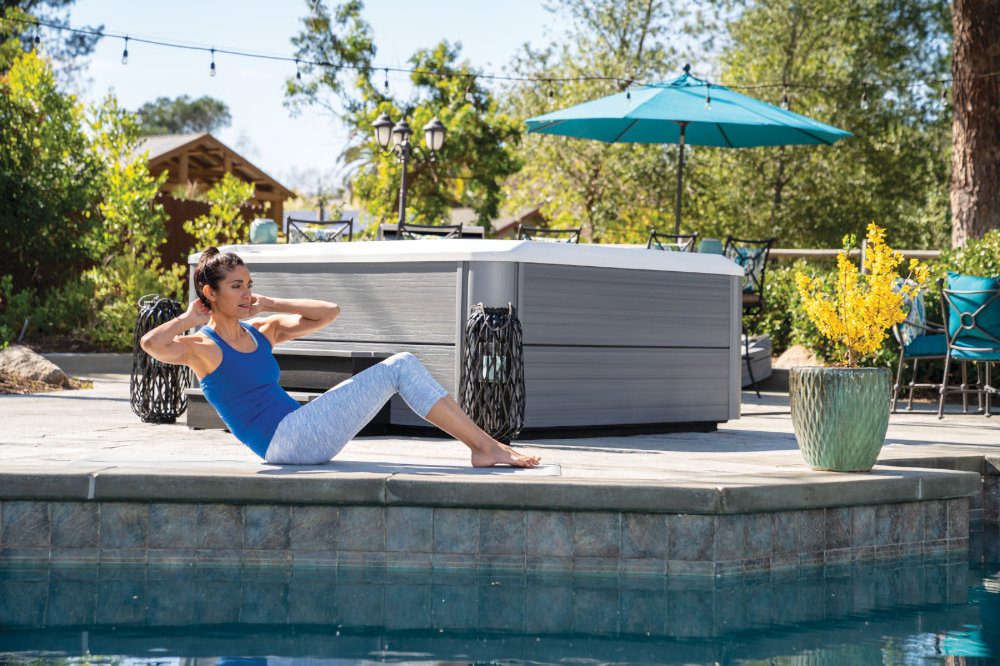
Enhancing Exercise with Hot Tub Therapy
A hot tub is more than just a place to relax—it can play a crucial role in joint care and fitness. The buoyancy of the water supports your body, reducing joint strain during movement. Additionally, the warmth soothes muscles, improves circulation, and can help ease post-exercise soreness.
When selecting a hot tub for exercise, look for a model with ample space for stretching and ergonomic seating for comfort. To explore available options, check out our hot tubs or stop by and visit our showroom.
Effective Hot Tub Exercises for Joint Health
Performing gentle movements in a hot tub can help alleviate stiffness and support joint function. Here are some recommended exercises:
- Leg Lifts: Holding onto the side of the tub, slowly lift one leg in front of you, hold briefly, then switch legs. This strengthens the quadriceps and hip muscles.
- Arm Circles: Submerge your arms and perform gentle circular motions to enhance shoulder mobility.
- Seated Knee Extensions: While seated, extend one leg at a time to strengthen knee-supporting muscles.
- Water “Walking”: Simulating a marching motion while seated in the tub engages arm and leg muscles.
- Hot Tub Yoga: Seated Forward Fold and Twist Pose help improve flexibility and relax muscles.
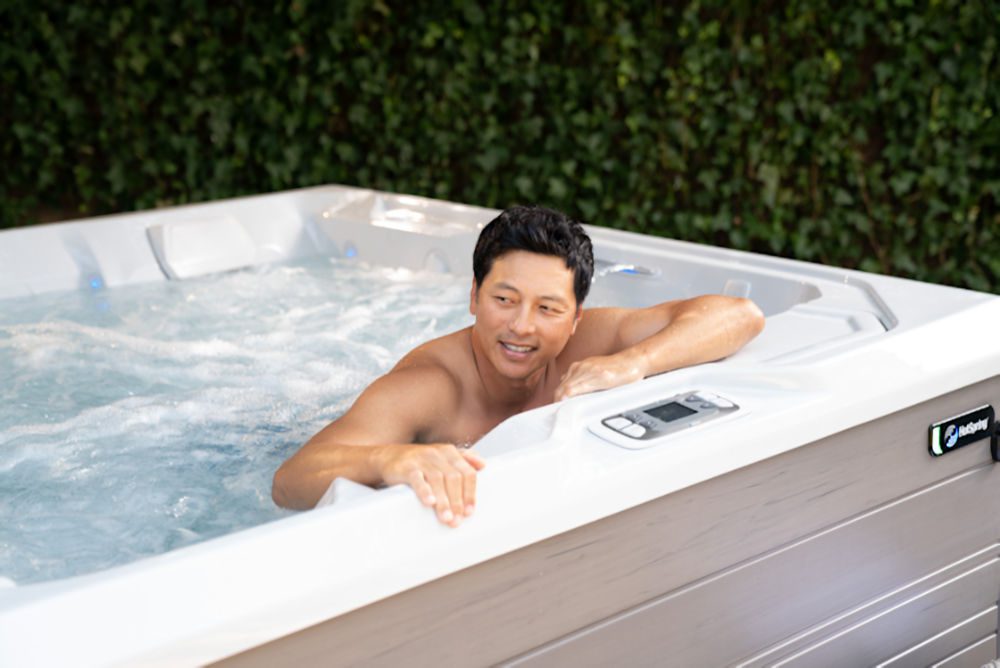
Safety Considerations for Hot Tub Workouts
To ensure a safe and beneficial experience, follow these guidelines:
- Monitor water temperature: Keep the water around 100°F to prevent overheating.
- Stay hydrated: Drink water before, during, and after exercising.
- Warm up and cool down: Stretch dynamically before exercising and hold static stretches afterward.
- Understand your hot tub’s features: Familiarize yourself with jet functions and seating to optimize comfort and safety.
Spending time in a Hot Spring Spa can enhance both mental and physical well-being, supporting your joint health and overall vitality.
Additional Strategies for Healthy Joints
Besides exercise and hydrotherapy, lifestyle choices also play a role in joint health. Maintaining a healthy weight reduces stress on weight-bearing joints, such as the knees and hips. Eating a balanced diet rich in omega-3 fatty acids, antioxidants, and anti-inflammatory foods—such as fatty fish, berries, and leafy greens—can further support joint health.
Regular medical check-ups and professional guidance can help you stay on top of joint health concerns. If you experience persistent discomfort, seek medical advice early to prevent worsening conditions and receive personalized treatment recommendations.
By prioritizing joint health now, you can increase your chances of staying active, independent, and pain-free as you age.



